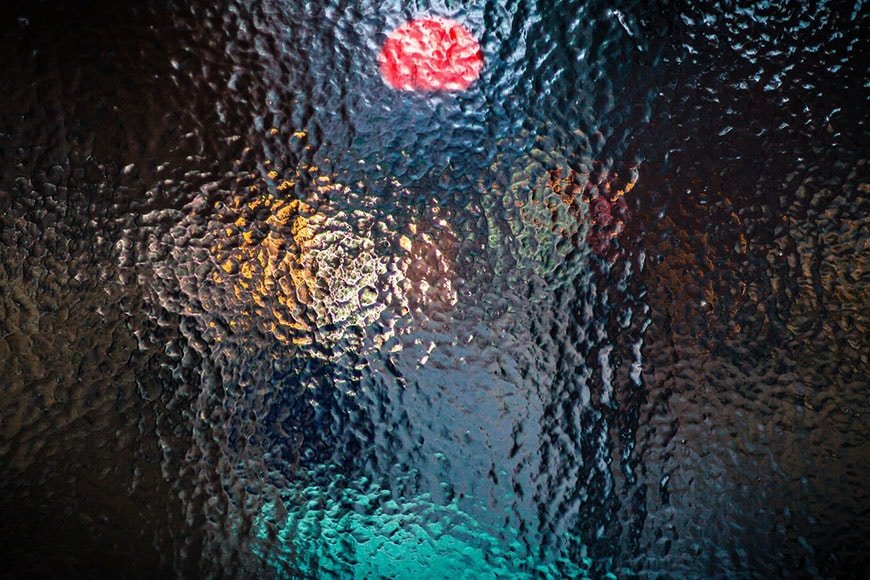Jul 2, 2024
Top Techniques for Abstract Photography
Abstract photography offers a creative and expressive way to capture images that diverge from traditional representations of reality. Using shapes, colours, patterns, and textures, abstract photography challenges viewers to see ordinary subjects in new and unexpected ways. Here are the top techniques to master abstract photography and create visually compelling images.

Understanding Abstract Photography
Abstract photography focuses on capturing elements of a subject in a way that emphasizes form, colour, texture, and lines rather than depicting it in a literal sense. It encourages photographers to experiment with compositions, perspectives, and techniques to evoke emotions and interpretations through visual elements.
Experimenting with Close-Ups and Macro Photography
Close-up and macro photography are effective techniques in abstract photography, allowing you to capture intricate details, textures, and patterns that are often overlooked. Get up close to your subject, whether it’s a natural object, texture, or everyday item, and explore its abstract qualities through selective focus and shallow depth of field.
Using Motion and Blur Creatively
Introducing motion and blur into your photographs can create dynamic and abstract effects. Experiment with intentional camera movement (ICM), panning, or long exposures to blur lines, shapes, and colours. Use this technique to convey a sense of movement, energy, or abstraction that transcends the static nature of traditional photography.
Playing with Light and Shadow
Light and shadow play a crucial role in abstract photography by shaping forms, highlighting textures, and creating contrast. Experiment with different light sources, such as natural sunlight, artificial lights, or reflections, to cast shadows and reveal intricate details. Use shadows to add depth, drama, and mystery to your abstract compositions.
Exploring Reflections and Distortions
Reflections and distortions offer unique opportunities for abstract photography by transforming familiar subjects into unfamiliar and visually intriguing images. Use reflective surfaces like water, glass, or polished metal to capture distorted reflections that warp shapes and colours, creating surreal and abstract compositions.
Abstracting Through Multiple Exposures
Multiple exposures involve overlaying several images onto a single frame to create layered and ethereal effects. Experiment with multiple exposures in-camera or through post-processing techniques to blend textures, colours, and forms into a cohesive abstract composition. Use this technique to evoke complexity, depth, and a sense of interconnectedness in your photographs.
Post-Processing for Abstract Effects
Post-processing plays a vital role in enhancing abstract photography by refining colours, contrast, and composition. Use editing software to adjust saturation, hue, and brightness to achieve the desired mood and aesthetic. Experiment with filters, textures, and blending modes to add depth and surrealism to your abstract images while preserving their artistic integrity.
Conclusion
In conclusion, mastering abstract photography requires creativity, experimentation, and a willingness to see the world through a different lens. By understanding abstract photography principles, and experimenting with close-ups, motion, light, reflections, multiple exposures, and post-processing techniques, you can create captivating and thought-provoking images that challenge perceptions and inspire imagination. Embrace the freedom of abstract photography to express your artistic vision and explore the limitless possibilities of capturing the essence of subjects in unconventional and innovative ways.
More Details
